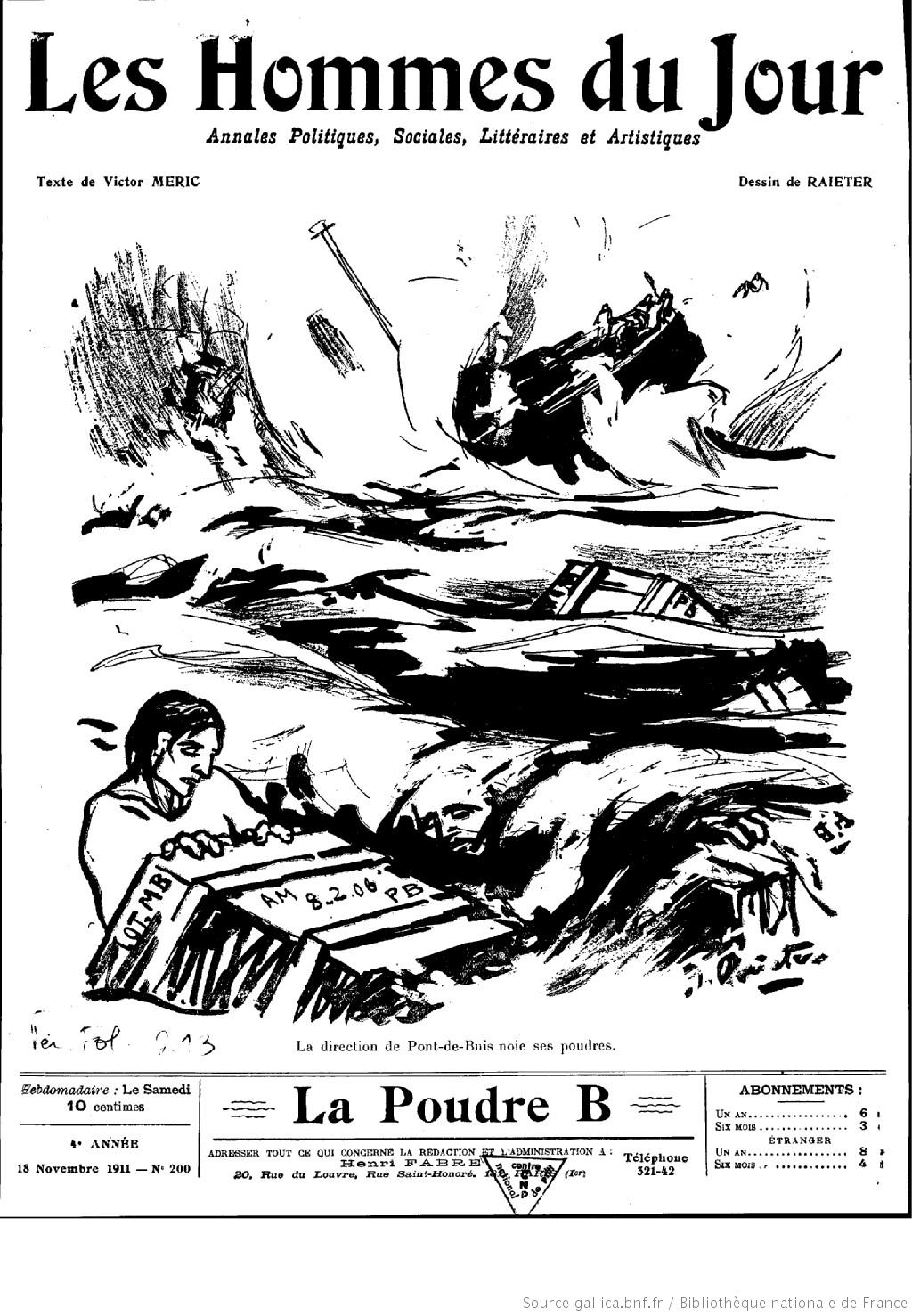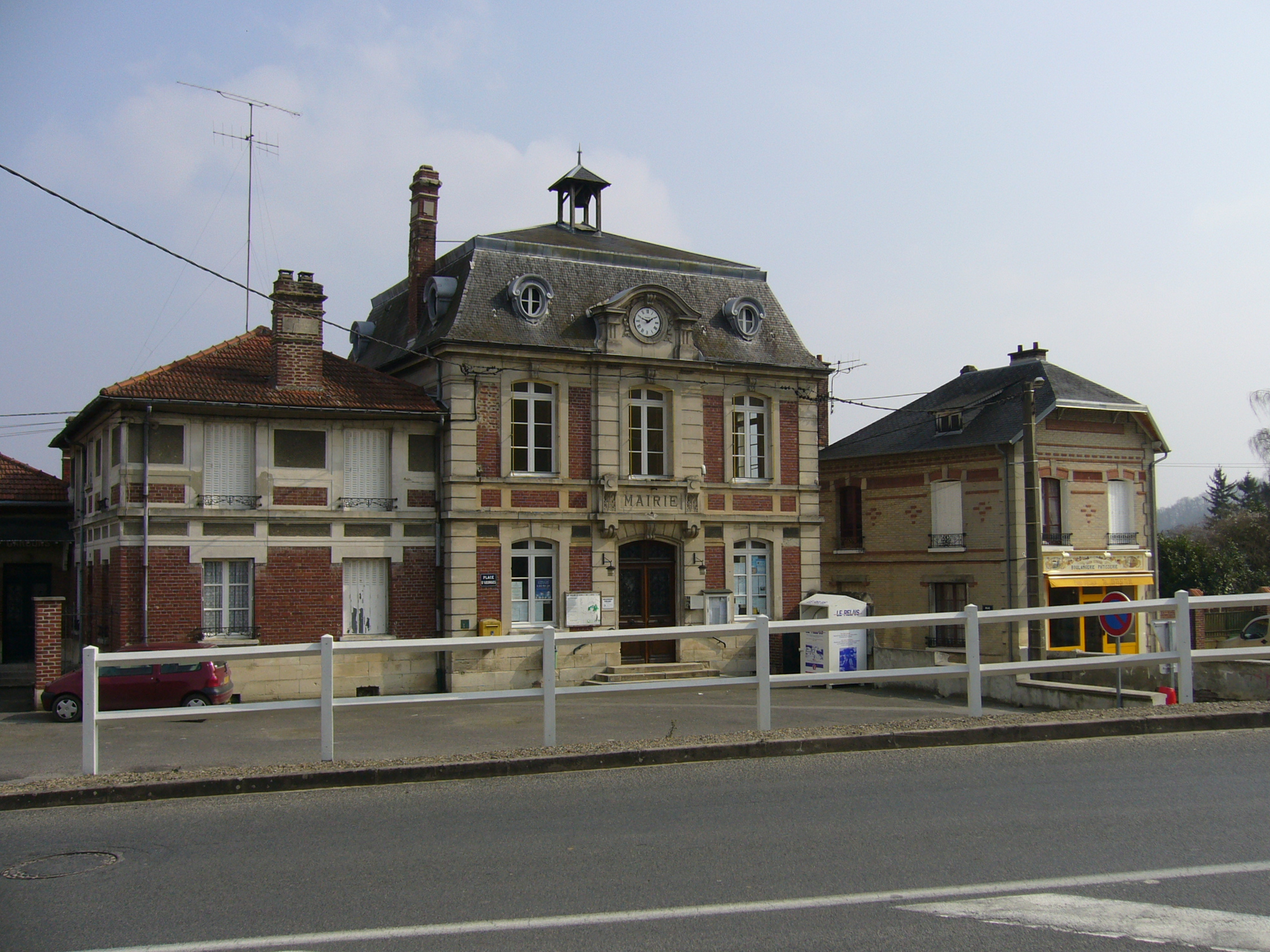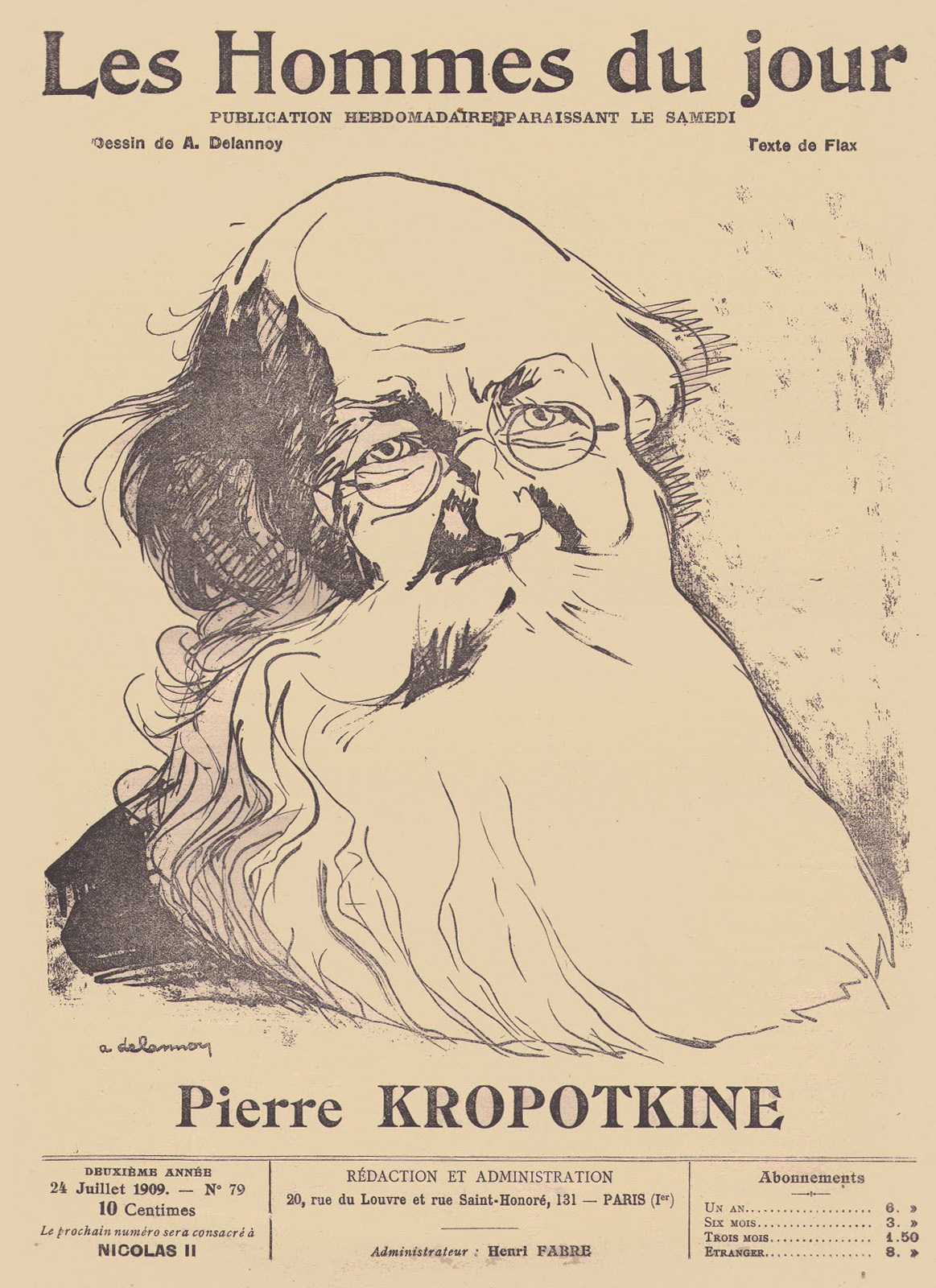|
Albert Louppe
Jules Albert Louppe (6 June 1856 – 5 July 1927) was a French explosives engineer who became a politician. The Plougastel Bridge, or Albert-Louppe Bridge, near Brest in north-western France, is named after him. Life Early years Jules Albert Louppe was born into a peasant family in Guny, in the French department of Aisne. His schooling commenced nearby at Soissons, from where he won a place at the prestigious Collège Sainte-Barbe in Paris, later progressing to the national École Polytechnique. At the age of 19 he emerged from the École Polytechnique as a qualified explosives engineer. The industrialist By 1883 he had relocated to Finistère, where he became the General Director of the "Moulin-Blanc" (explosives) Powder mill in the Costour Valley at Le Relecq-Kerhuon near Brest. He later moved on to take over the Powder mill at Pont-de-Buis, but returned in 1905 to the "Moulin-Blanc", where working now as Chief Engineer, he remained till 1911. Scandal Loup ... [...More Info...] [...Related Items...] OR: [Wikipedia] [Google] [Baidu] |
Guny
...
Guny () is a commune in the Aisne department in Hauts-de-France in northern France. History In 858, Guny's village is given to the abbey of Notre-Dame of Soissons by Charles the Bold. In 1368, Enguerrand VII of Coucy grants the collectivity franchise to Guny and twenty-two other churches. 1914–1918, World War I devastated the village. From August 27 until September 28, the 11th and 20th infantry fight Battle of Ailette around Guny's quarries. Saint Georges' church is destroyed. It was restored in 1923. A new bell was inaugurated in November 1923, in a temporary church. Geography The river Ailette forms all of the commune's northeastern border. Population See also *Communes of the Aisne department The following is a list of the 799 Communes of France, communes in the French Departments of France, department of Aisne. The communes cooperate in the following Communes of France#Intercommunality, intercommunalities (as of 2020): [...More Info...] [...Related Items...] OR: [Wikipedia] [Google] [Baidu] |
Le Relecq-Kerhuon
Le Relecq-Kerhuon (; ) is a commune in the Finistère department of Brittany in north-western France. Population Inhabitants of Le Relecq-Kerhuon are called in French ''Relecquois'' or ''Kerhorres''. Breton language The municipality launched a linguistic plan concerning the Breton language through Ya d'ar brezhoneg on September 2, 2005. International relations Le Relecq-Kerhuon is twinned with Bodmin in Cornwall, UK. See also *Communes of the Finistère department The following is a list of the 277 communes of the Finistère department of France. The communes cooperate in the following intercommunalities (as of 2022):Official website * [...More Info...] [...Related Items...] OR: [Wikipedia] [Google] [Baidu] |
Departmental Councils (France)
The departmental councils ( French: ''conseils départementaux''; singular, ''conseil départemental'') of France are representative assemblies elected by universal suffrage in 98 of the country's 101 departments. Prior to the 2015 French departmental elections they were known as general councils (''conseils généraux''; singular, ''conseil général''). History The Law of 22 December 1789 required the establishment of an assembly in each department, known as the council of the department. This law was repealed on 4 December 1793; it was restored as the "law on the division of the territory of the Republic and its administration" on 17 February 1800, in which, "General Council of the departments" were formed. At this time, the name "General Council" was also used by town and district councils. The members of the general council were not elected until 1833; they were first elected by universal manhood suffrage on 3 July 1848. The first female president of a department counc ... [...More Info...] [...Related Items...] OR: [Wikipedia] [Google] [Baidu] |
Saint-Médard-en-Jalles
Saint-Médard-en-Jalles (; oc, Sent Medard de Jalas) is a commune in the Gironde department in Nouvelle-Aquitaine in southwestern France. Located west-northwest of the city of Bordeaux, it is the fifth-largest suburb of the city and a member of the Bordeaux Métropole. Population See also *Communes of the Gironde department The following is a list of the 535 Communes of France, communes of the Gironde Departments of France, department of France. The communes cooperate in the following Communes of France#Intercommunality, intercommunalities (as of 2020): References External links Official website Communes of Gironde {{Gironde-geo-stub ... [...More Info...] [...Related Items...] OR: [Wikipedia] [Google] [Baidu] |
Le Figaro
''Le Figaro'' () is a French daily morning newspaper founded in 1826. It is headquartered on Boulevard Haussmann in the 9th arrondissement of Paris. The oldest national newspaper in France, ''Le Figaro'' is one of three French newspapers of record, along with ''Le Monde'' and ''Libération''. It was named after Figaro, a character in a play by polymath Beaumarchais (1732–1799); one of his lines became the paper's motto: "''Sans la liberté de blâmer, il n'est point d'éloge flatteur''" ("Without the freedom to criticise, there is no flattering praise"). With a centre-right editorial line, it is the largest national newspaper in France, ahead of ''Le Parisien'' and ''Le Monde''. In 2019, the paper had an average circulation of 321,116 copies per issue. The paper is published in Berliner format. Since 2012 its editor (''directeur de la rédaction'') has been Alexis Brézet. The newspaper has been owned by Dassault Group since 2004. Other Groupe Figaro publications include ''Le ... [...More Info...] [...Related Items...] OR: [Wikipedia] [Google] [Baidu] |
Léopold Maissin
Léopold Maissin (9 June 1854 - May 1937) was an engineering graduate of the École Polytechnique and industrialist who also became a politician. He served for many years as the mayor of Le Relecq-Kerhuon, a small coastal municipality in the extreme north-west of France. In 1889 he was elected to the departmental council, representing the canton (grouping of municipalities and rural administrative districts) of Landerneau. In 1904 he was elected vice-president of the Departmental council for Finistère. His electoral fortunes were otherwise mixed, but he retained his mayoral position till 1914, at which point he was succeeded in the post by his son (also called Léopold Maissin). It was not his political career but his career with the Poudrerie nationale de Sevran-Livry that brought his name to wider attention. He distinguished himself as an exceptionally inventive engineer with the explosives manufacturer. In 1907 he became a director of the company's powder mil ... [...More Info...] [...Related Items...] OR: [Wikipedia] [Google] [Baidu] |
Victor Méric
Victor Célestin Méric was the pseudonym of Henri Coudon (10 May 1876 – 10 October 1933), a French journalist and libertarian author. He contributed to various anarchist journals before World War I (1914–18). Despite being a pacifist, he served in the army during the war. Afterwards he joined the French Communist Party, but was expelled in 1923 for his pacifist convictions. He wrote a number of books, both fiction and non-fiction, and founded the ''Ligue internationale des combattants de la paix'' (LICP: International League of Fighters for Peace). Life Henri Coudon was born in Marseille on 10 May 1876 into a progressive-minded family. He moved to Paris, where he joined anarchist circles and took the pseudonym Victor Méric. He contributed to ''Le Libertaire'', where he became a friend of Gaston Couté and Fernand Desprès. He was one of the founders of the ''Association internationale antimilitariste'' in 1904. In 1906, Méric joined the revolutionary socialists and contr ... [...More Info...] [...Related Items...] OR: [Wikipedia] [Google] [Baidu] |
Nitrocellulose
Nitrocellulose (also known as cellulose nitrate, flash paper, flash cotton, guncotton, pyroxylin and flash string, depending on form) is a highly flammable compound formed by nitrating cellulose through exposure to a mixture of nitric acid and sulfuric acid. One of its first major uses was as guncotton, a replacement for gunpowder as propellant in firearms. It was also used to replace gunpowder as a low-order explosive in mining and other applications. In the form of collodion it was also a critical component in an early photographic emulsion, the use of which revolutionized photography in the 1860s. Production The process uses a mixture of nitric acid and sulfuric acid to convert cellulose into nitrocellulose. The quality of the cellulose is important. Hemicellulose, lignin, pentosans, and mineral salts give inferior nitrocelluloses. In precise chemical terms, nitrocellulose is not a nitro compound, but a nitrate ester. The glucose repeat unit (anhydroglucose) within the ... [...More Info...] [...Related Items...] OR: [Wikipedia] [Google] [Baidu] |
Military Port Of Toulon
The military port of Toulon (french: arsenal de Toulon) is the principal base of the French Navy and the largest naval base in the Mediterranean, sited in the city of Toulon. It holds most of France's force d'action navale, comprising the aircraft carrier ''Charles de Gaulle'' as well as its nuclear attack submarines, in total, the base contains more than 60% of the French Navy's tonnage, and about 20,000 military and civilian personnel work at the base. The ''Rade'' The word ''rade'' comes from the old English term 'Road,' "a protected place near shore, not so enclosed as a harbour, where ships can ride at anchor.". The Rade of Toulon is one of the best natural anchorages on the Mediterranean, and the largest rade in Europe. It is protected from the sea by the peninsula of Giens and the peninsula of Saint-Mandrier-sur-Mer, and has been used as a military harbour since the 15th century. The Rade shelters the port of Saint-Mandrier-sur-Mer, the port of La Seyne-sur-Mer, as we ... [...More Info...] [...Related Items...] OR: [Wikipedia] [Google] [Baidu] |
French Battleship Liberté
''Liberté'' was a pre-dreadnought battleship built for the French Navy in the mid-1900s. She was the lead ship of the , which included three other vessels and was a derivative of the preceding , with the primary difference being the inclusion of a heavier battleship secondary armament, secondary battery. ''Liberté'' carried a main battery of four guns, like the ''République'', but mounted ten guns for her secondary armament in place of the guns of the earlier vessels. Like many late pre-dreadnought designs, ''Liberté'' was completed after the revolutionary British battleship had entered service, rendering her obsolescent. On entering service, ''Liberté'' was assigned to the 2nd Division of the Commander-in-Chief, Mediterranean (France), Mediterranean Squadron, based in Toulon. She immediately began the normal peacetime training routine of squadron and fleet maneuvers and cruises to various ports in the Mediterranean. She also participated in several naval reviews for a ... [...More Info...] [...Related Items...] OR: [Wikipedia] [Google] [Baidu] |






